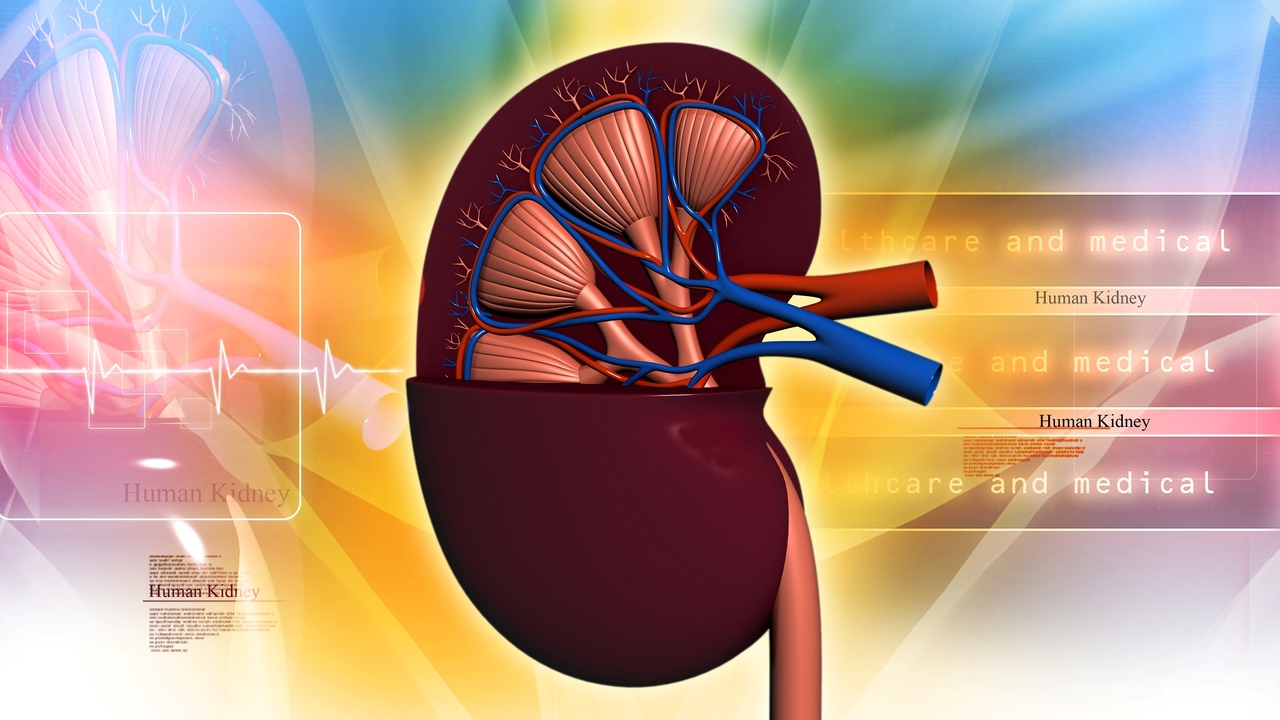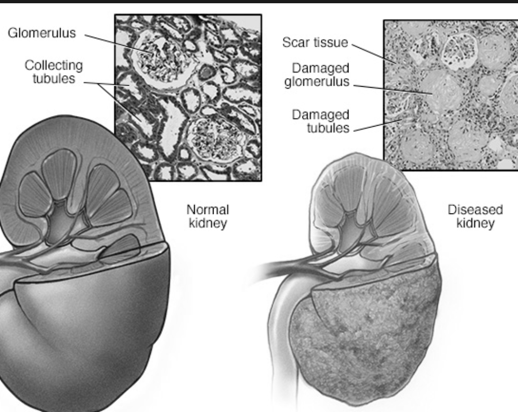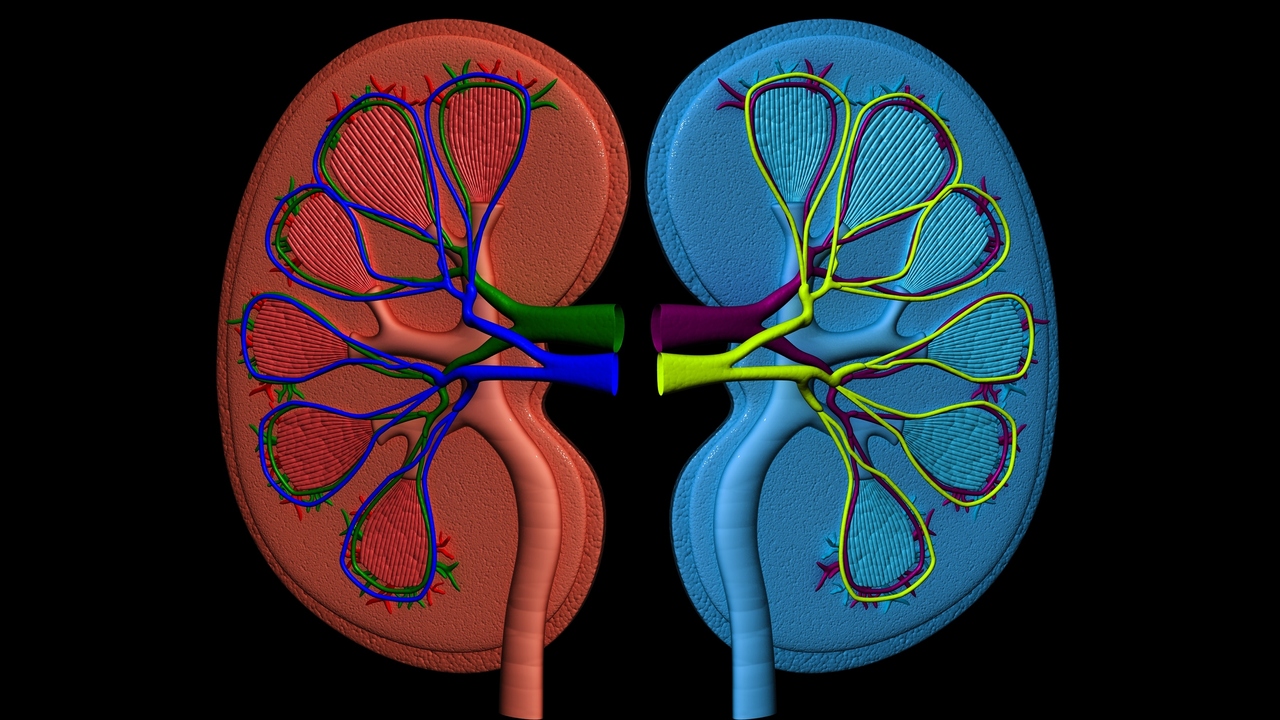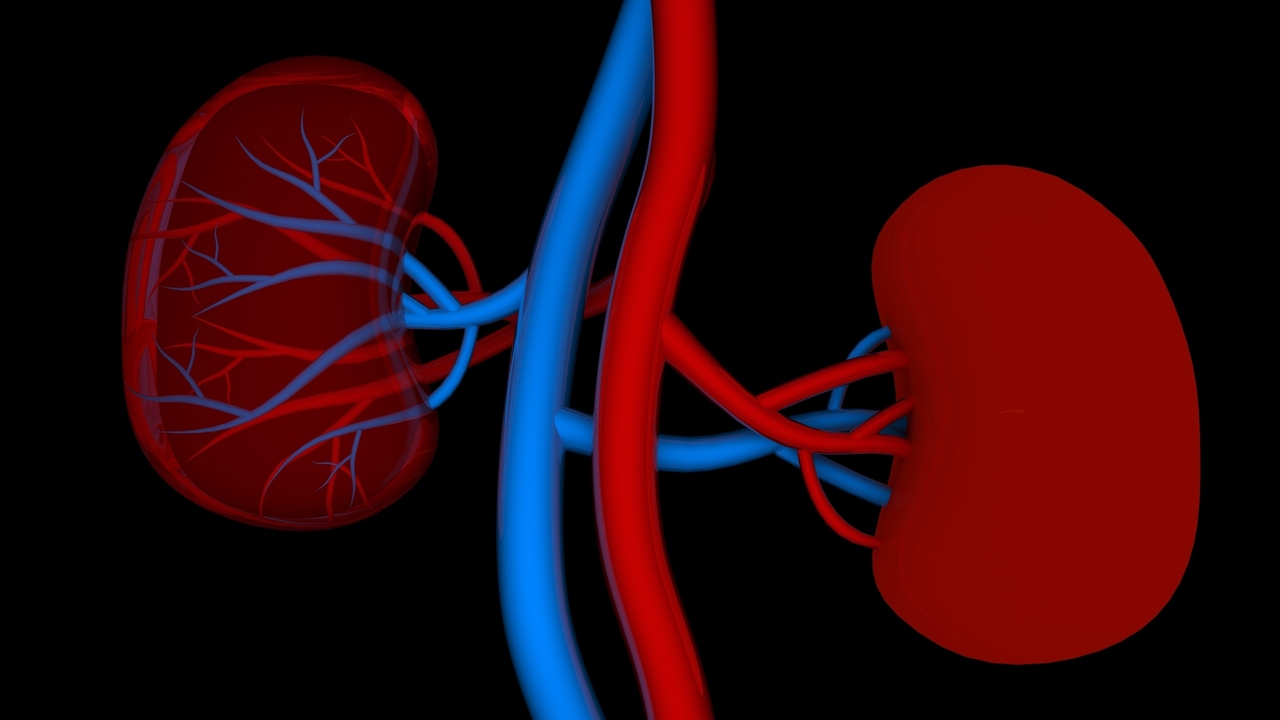 Divakaran Dileep/PhotoSpin
Divakaran Dileep/PhotoSpin
Kidney dialysis is a process that helps filter impurities out of your blood if your kidneys are not able to do the job on their own.
The kidneys act as filters for your body. Their job is to remove toxins or waste products from your blood. If toxins build up in your blood, you will eventually die.
Other jobs performed by the kidneys. For instance, they keep the right amount of water in the body. They balance vitamins and minerals including sodium potassium and phosphorus. They make sure the acid level in the blood is correct. Your kidneys also help control your blood pressure.
You may need dialysis if you develop end stage kidney failure, which means your kidneys are no longer able to effectively filter your blood. This usually happens if you lose 85-90 percent of your kidney function.
Because your body constantly produces waste products, you must have dialysis on a regular basis to keep your blood clear of toxins. There are two basic types of kidney dialysis: hemodialysis and peritoneal dialysis.
Hemodialysis
In this procedure, a machine called a hemodialyzer functions as an artificial kidney to remove toxins from your blood. Your doctor will need to insert needles into your blood vessels to allow blood to flow out of your body into the machine where it will be cleaned then sent back into your body through another needle.
Hemodialysis usually takes place at a hospital or dialysis center. Each treatment typically lasts about four hours and must be repeated three times every week.
Peritoneal dialysis
Your peritoneal cavity is the space inside your abdomen where your stomach, kidneys and other organs are located. In peritoneal dialysis (PD), cleansing fluid called dialysis solution is poured into the peritoneal cavity through a soft tube known as a catheter.
The solution contains chemicals that help pull wastes and extra fluid out of your blood into the abdominal cavity.
The solution needs to stay in your abdomen for a several hours so the chemicals can work. Then all the extra fluid including waste products and extra water are drained out of the abdomen using the same catheter. The process of putting fluid in then draining it out again is called an exchange.
In order for you to use PD, your doctor will surgically insert the catheter through the wall of your abdomen, where it can stay for as long as you need PD. Once your catheter is in place, you will be trained so you can give yourself PD treatments at home.
There are two basic types of peritoneal dialysis:
• Continuous Ambulatory Peritoneal Dialysis (CAPD)
This type of PD allows you to go about your daily activities while dialysis is taking place. You will drain a bag of solution into your abdomen, leave it there for several hours then remove it.
Your doctor will tell you how many exchanges you will need per day to clean your blood using this method. You will not need a machine for this type of PD.
• Continuous Cycler-Assisted Peritoneal Dialysis (CCPD)
This type of PD uses a machine that automatically cycles through three to five exchanges overnight while you are sleeping. You will then typically only need one exchange while you are awake that will last the entire day.
Kidney failure is sometimes permanent, which means you will need dialysis for the rest of your life unless you receive a kidney transplant. But depending on the cause, kidney failure may get better with treatment or if your kidneys have time to rest.
In this case, dialysis may only be needed until your kidneys recover and can resume functioning at acceptable levels.
If you have questions about your kidney function or the type of dialysis that is right for you, talk to your health care provider.
Sources:
National Kidney Foundation. Dialysis. Web. March 11, 2015.
https://www.kidney.org/atoz/content/dialysisinfo
Medline Plus. Dialysis: What is Hemodialysis? Web. March 11, 2015.
http://www.nlm.nih.gov/medlineplus/ency/article/007434.htm
National Kidney and Urologic Disease Information Clearinghouse. Treatment Methods for Kidney Failure: Peritoneal Dialysis. Web. March 11, 2015.
http://kidney.niddk.nih.gov/KUDiseases/pubs/peritoneal/index.aspx
Reviewed March 12, 2015
by Michele Blacksberg RN
Edited by Jody Smith






Add a Comment1 Comments
Readers should know that 90% of kidney failure can be prevented with the right treatment started early enough. I published my first 3,000 patient-years' results in 2002, but dialysis appears to be too lucrative for anybody in healthcare to want to eliminate it. If you have diabetes or high blood pressure, click on "Contact Us" at GenoMed.com to try to stay off the kidney machine.
March 14, 2015 - 10:51amThis Comment